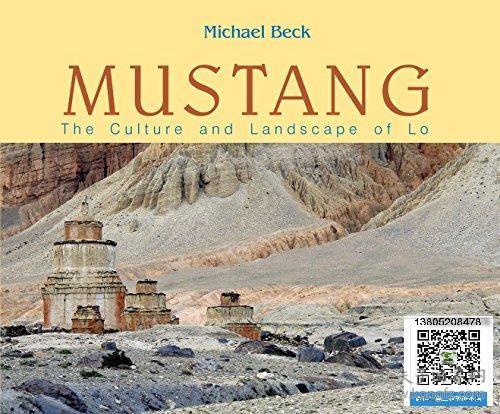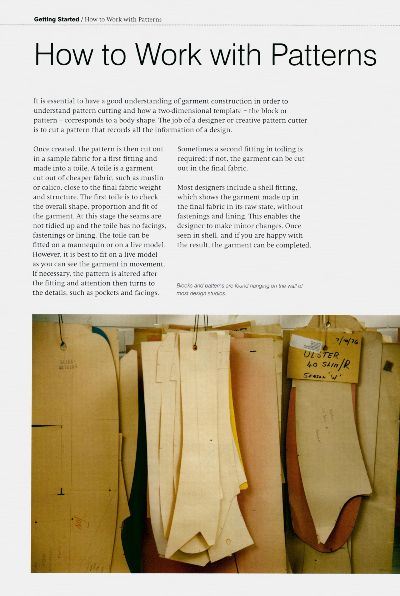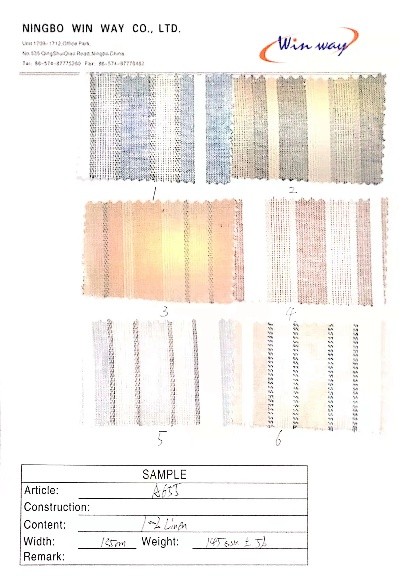The Dynamic Landscape of Textiles and Garments in Guangdong Province
In the textile and garment industry of Guangdong province in China, there have been substantial changes in production methods, product diversification, and market strategies. The introduction of advanced technologies has led to a shift towards high-end products with enhanced quality and sustainability, while traditional manufacturing methods are increasingly being replaced by automated processes. Consumer preferences have also shifted towards eco-friendly materials, making sustainable practices a key factor in market success. Additionally, innovation in design and fashion has created new demand for trendy yet functional clothing. As a result, companies in this sector must continuously adapt their strategies to meet these changing demands to remain competitive.
Welcome to the fascinating world of textiles and garments in Guangdong Province, where tradition meets innovation, luxury meets affordability, and craftsmanship meets global markets. This region is not just a hotbed for textile production but a hub for fashion and culture, where every thread tells a story and every garment embodies a lifestyle.
The Fabric of Innovation Guangdong's textile industry has been at the forefront of technological advancements for decades. From high-tech materials like polyester and spandex to traditional techniques such as silk weaving, Guangdong's factories are constantly experimenting with new fabrics and designs. For instance, the city of Shenzhen, known for its cutting-edge tech sector, has seen a significant increase in investment in textile research and development over the past few years. This shift towards sustainability has led to the creation of eco-friendly fabrics made from recycled materials and biodegradable dyes.

The Artisanal Touch In addition to advanced technology, Guangdong's artisanal heritage is another cornerstone of its textile and garment industry. From the skilled hands that create traditional Chinese embroidery to the intricate patterns woven into modern dresses, Guangdong's garments are imbued with cultural significance. A classic example is the "Guangzhou Style" clothing, which combines traditional elements with modern designs to appeal to a younger generation. These garments are often handcrafted by local artisans who have passed down their skills through generations.
The Global Market With China's growing influence on the international fashion scene, Guangdong's textile and garment products are no strangers to global markets. From exporting to Europe and North America to establishing partnerships with foreign brands, Guangdong's garments have become popular choices among international buyers. For example, the famous Hugo Boss store in Shanghai is home to a vast selection of Guangdong-made suits and formal wear, showcasing the region's reputation as a leading supplier of high-end apparel.
Eco-Friendly Practices Sustainability is becoming an increasingly important aspect of the textile and garment industry in Guangdong. Many companies are now committed to reducing their environmental footprint by adopting eco-friendly practices such as using renewable energy sources, minimizing waste, and implementing recycling programs. In fact, some factories have even begun producing organic cotton clothes, further demonstrating their dedication to ethical and sustainable production methods.
The Future of Fashion Looking ahead, the future of textiles and garments in Guangdong looks bright. With ongoing innovations in technology and sustainable practices, this region can expect to remain at the forefront of global fashion. Moreover, as demand for sustainable and ethical products continues to grow, Guangdong will likely see an increased focus on these values in its garments.
Case Study: Huawei Apparel One particularly impressive case study is Huawei Apparel, a brand launched in 2019 that focuses on creating stylish and functional apparel using innovative materials and design principles. Launched alongside its smartphones, Huawei Apparel has rapidly gained popularity among consumers looking for premium yet affordable options. The brand's success can be attributed to its commitment to sustainability and its ability to offer high-quality apparel at reasonable prices.
In conclusion, Guangdong's textile and garment industries represent more than just economic strength—they are a testament to the region's rich heritage, innovative spirit, and global ambition. As we continue to explore the dynamic landscape of this vibrant sector, it's clear that the future of textiles and garments in Guangdong is both promising and exciting, ready to meet the ever-changing demands of a world that values beauty, quality, and sustainability.
广东省作为我国的重要纺织服装产业基地,其纺织品服装的品质和多样性一直备受关注,本文将围绕《广东省纺织品服装》这一主题,从多个方面进行深入探讨。
广东省纺织品服装概述
产业背景
广东省作为全国纺织服装产业的重要基地,拥有丰富的资源和丰富的产品种类,该地区的产品涵盖了各种材质、款式和风格,满足了不同消费者的需求。
品质特点
广东省的纺织品服装在品质方面具有较高的水平,其面料选用优质材料,注重环保和可持续性,同时注重产品的设计和工艺,该地区还注重产品的质量和安全认证,确保消费者购买到的是安全、可靠的产品。

案例分析
纺织品面料
(1)面料种类:广东省的纺织品面料种类繁多,包括棉、麻、丝绸、羊毛等,某些特色面料如XX品牌的XX面料,以其独特的纹理和手感受到消费者的喜爱。
(2)品牌案例:以XX品牌为例,该品牌以其高品质的面料和精湛的工艺赢得了消费者的信赖,其产品不仅在市场上具有很高的竞争力,还出口到多个国家和地区。
纺织品服装款式与风格
(1)款式选择:广东省的纺织品服装款式多样,涵盖了各种风格和设计元素,消费者可以根据自己的喜好和需求选择适合自己的款式。
(2)风格特点:广东省的纺织品服装注重时尚与实用的结合,同时注重产品的设计和工艺,消费者可以在该地区找到各种符合自己风格和需求的纺织品服装。
广东省纺织品服装的优势与挑战
优势:
(1)资源丰富:广东省拥有丰富的原材料和劳动力资源,为纺织品服装的生产提供了充足的原材料和劳动力保障。
(2)政策支持:广东省政府对纺织服装产业给予了政策支持,为产业发展提供了良好的政策环境。
挑战:
(1)市场竞争激烈:随着国内外市场竞争的不断加剧,广东省的纺织品服装需要不断提高产品质量和竞争力。

(2)环保要求高:随着环保意识的不断提高,纺织品服装的生产需要注重环保和可持续性,符合国家和国际环保标准。
提升广东省纺织品服装品质的措施与建议
提升品质的措施:
(1)加强原材料质量控制:加强原材料采购和质量控制,确保原材料的质量和来源可靠。
(2)提高生产工艺水平:加强生产工艺的研究和改进,提高产品的质量和工艺水平。
(3)加强品牌建设:加强品牌宣传和品牌建设,提高产品的知名度和美誉度。
建议:
(1)加强技术研发和创新:加强技术研发和创新,开发新的面料和款式,提高产品的多样性和竞争力。
(2)推广绿色生产理念:推广绿色生产理念,注重环保和可持续性,符合国家和国际环保标准。
广东省作为我国的重要纺织服装产业基地,其纺织品服装的品质和多样性一直备受关注,在未来的发展中,广东省需要进一步加强产业政策支持,提高产品质量和竞争力,同时注重环保和可持续性,推动产业健康发展。
Articles related to the knowledge points of this article:
Industrial Printing Textile Testing Standards
Detecting and Reducing Formaldehyde Exposure in Textile Products
The Cloudy Fabric:An Introduction to Yufu Textile Testing Company



